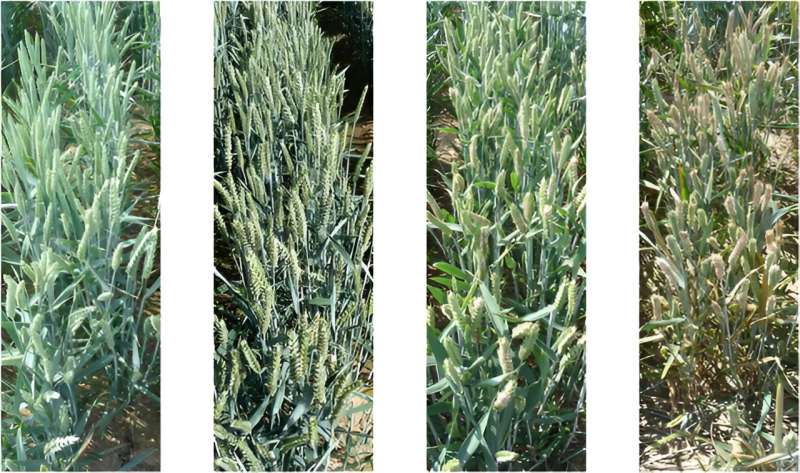This article has been reviewed according to Science X's editorial process and policies. Editors have highlighted the following attributes while ensuring the content's credibility:
fact-checked
trusted source
proofread
Advancements in RBG imaging and deep learning for accurate fusarium head blight assessment

Fusarium head blight (FHB) is a widespread floral disease in wheat that causes significant yield losses and produces harmful mycotoxins, posing serious health risks. Recent research has focused on improving disease detection, with hyperspectral imaging proving effective but limited by cost and time. Consequently, Red-Green-Blue (RGB) imaging has gained prominence due to its affordability and speed, even though it captures only the visible spectrum.
Advances in deep learning have facilitated more accurate image-based disease detection using RGB data. However, due to the variability of disease manifestations and the limitations of existing datasets, current methods rely heavily on controlled, dissected ear imaging, and face challenges in field applications. Therefore, it is of great importance to develop more robust, field-applicable RGB-based detection methods to accurately assess the severity of FHB under varying conditions.
In July 2023, Plant Phenomics published a research article titled "Efficient Noninvasive FHB Estimation using RGB Images from a Novel Multiyear, Multirater Dataset."
In this study, an EfficientNet-based algorithm was developed to estimate FHB severity using RGB images from consumer-grade cameras, bypassing the need for prior pixel segmentation. Unlike slower networks like ResNets or MobileNets, EfficientNet is not only faster and smaller but also potentially deployable on mobile devices.
The network's reliability was compared to interrater reliability, and its performance was evaluated across different years and data that were not part of the training set, revealing that Cohen's kappa κ showed moderate equality among raters but varied across years, with deviations usually within one severity level.
The study further discovered that neural networks trained with specific rater annotations adapted well to their assessments, leading to increased agreement compared to rater matches, and demonstrated fewer large label mispredictions, indicating their precision.
Accuracy, weighted F1 score, precision, and recall metrics further corroborated that these neural networks surpass rater matches in performance. Interestingly, networks trained on data from different years and tested on single-year datasets exhibited variable performance.
Multiyear data networks generally outperformed single-year networks in classification and regression metrics, underscoring the significance of dataset size and diversity for enhanced model performance.
In summary, the research indicates potential for model improvements with more extensive datasets covering a broader range of FHB severities and suggests automation in image preprocessing to enhance efficiency. Future work could involve implementing the models in mobile applications or integrating them with drone-based data for large-scale field trials, leveraging the compatibility of EfficientNet with mobile devices.
More information: Dominik Rößle et al, Efficient Noninvasive FHB Estimation using RGB Images from a Novel Multiyear, Multirater Dataset, Plant Phenomics (2023). DOI: 10.34133/plantphenomics.0068
Provided by NanJing Agricultural University




















